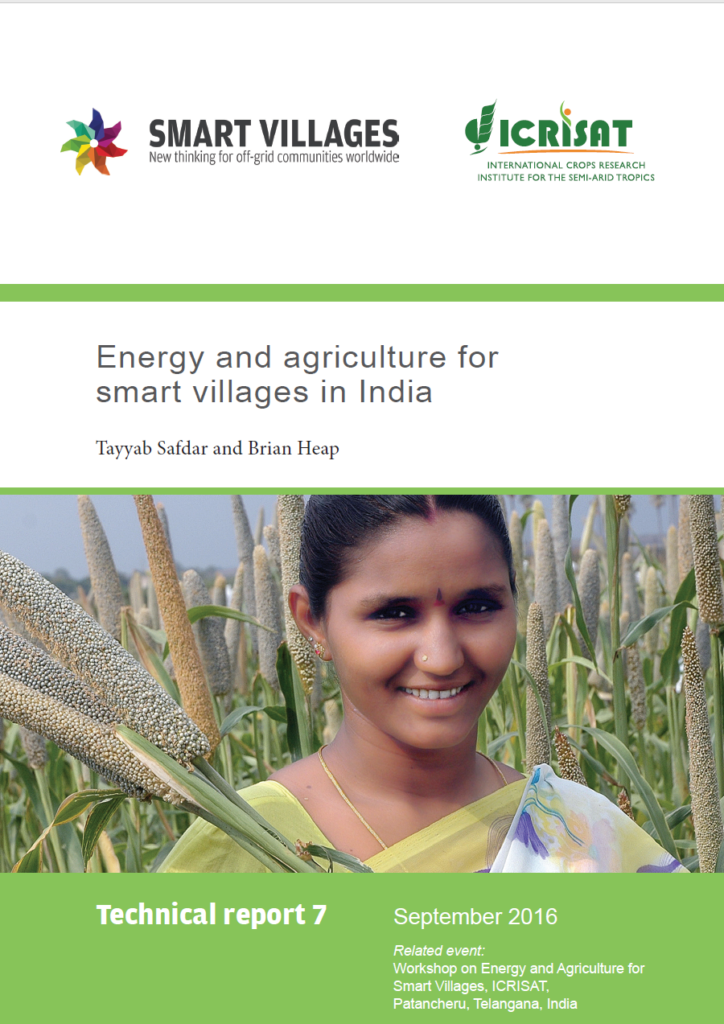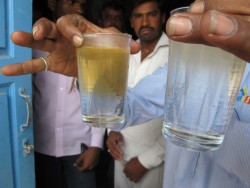The concept of the “smart village”, as developed by the Smart Villages Initiative, is that modern
energy access acts as a catalyst for development—education, health, food security, productive
enterprise, environment, and participatory democracy—which in turn supports further
improvements in energy access. In the global context, energy access can provide a much needed driver for sustainable economic growth and development for a major, but neglected, sector of the world’s population: the 1.1 billion people who do not have access to electricity. Most of those people are based in rural areas.
The smart villages concept explores how recent developments in the use of renewable
energy—solar, wind, hydro, biomass, and hybrid combinations—offer attractive and sustainable
opportunities for rural communities in India. The national grid may never reach some communities in off-grid villages for economic and geographical reasons so that these villages are often without a reliable supply of energy for lighting homes, charging mobile phones, or powering agriculture and its associated businesses. Such villages depend on kerosene for cooking, which is harmful to human health, and diesel for energy generation, which contributes to greenhouse gas emissions.
Local solutions in smart villages such as home-, farm- or institution-based systems could kickstart productive enterprises through agricultural diversification strategies that influence multiple value chains such as milk, rice, and vegetables. Mini-grids have been developed for power distribution, digital tools for education and communication, information for women and girls—who are empowered to pursue entrepreneurial activities, and climate-smart initiatives to target irrigation and selective seed and animal breeding. Outcomes of these local solutions would be agri-food systems designed for production, processing and value addition, enhanced market access, and economic independence leading to improvements in the quality of life of upcoming generations.
Lack of access to energy is a severe constraint on opportunities for gainful employment not only for the agriculture sector but also for the non-farm rural economy. Even in the case of villages that are linked to the national grid electricity, supply may be erratic with frequent power outages, and only a relatively small proportion of houses may be connected, for which smart villages using renewable energy could provide a supplementary energy supply.
Examples of success are most prominent where there are motivated champions, sustainable
funding, involvement of farmers’ organisations, and public-private partnerships, including
corporate social responsibility investments. Challenges that arise are not insoluble, including
the need to raise awareness among multiple stakeholders about the potential of the smart
village concept from the grass roots to all those responsible for planning, finance and governance; the lack of appropriate policies to incentivise and encourage long term investment; and the need for appropriate regulatory systems.





